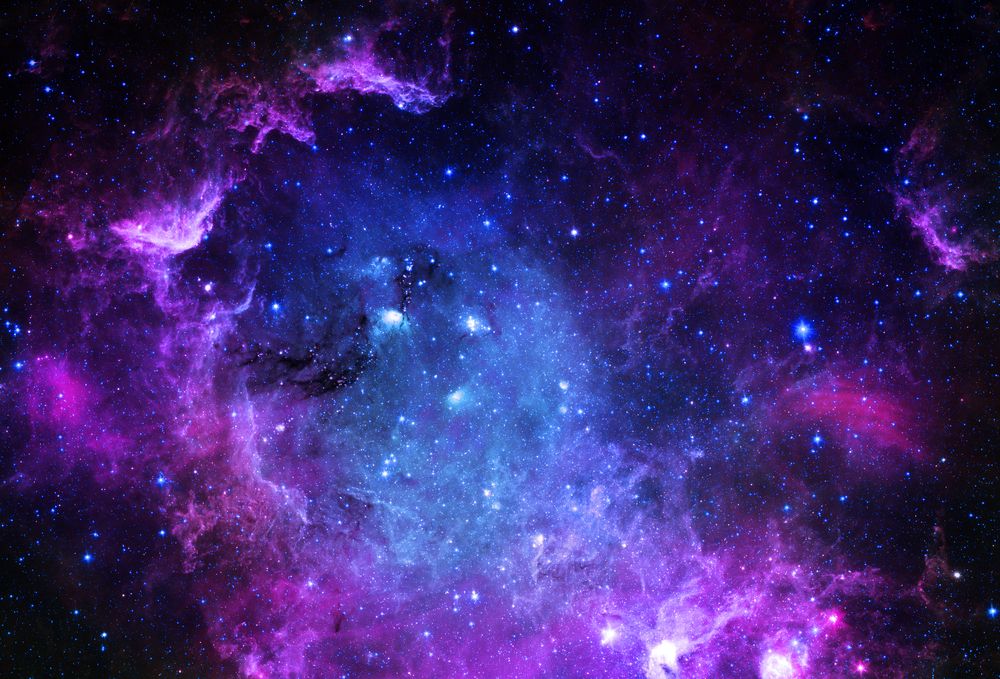Efforts to explain a strange cold spot in the cosmos have led to the discovery of something even odder: a vast area with very little matter.



By Michael Brooks
It’s supposed to be the most fundamental constant in physics, but the speed of light may not always have been the same. This twist on a controversial idea could overturn our standard cosmological wisdom.
In 1998, Joao Magueijo at Imperial College London, proposed that the speed of light might vary, to solve what cosmologists call the horizon problem. This says that the universe reached a uniform temperature long before heat-carrying photons, which travel at the speed of light, had time to reach all corners of the universe.

DARPA sees a real possibility for spaced based conflict. So, it’s hoping to create breakthrough technology to dissuade U.S. adversaries who might consider attacking from space.
Defense Advanced Research Projects Agency assists national security with efforts in space. It focuses on making space a “real-time operational domain,” as DARPA Director Dr. Arati Prabhakar recently said.
“The questions we ask ourselves at DARPA about the space domain … is what would it take to make the space domain robust for everything that we need militarily and for intelligence, and what would it take to make space a real-time operational domain, which it’s not at all today,” the director said last week at the 4th annual Defense One Summit. Many nation-states now orbit the Earth. Conflict is a real possibility, believes Prabhakar.


In this epic, 2-part episode, we team up with Isaac Arthur to imagine how humans will colonize the inner Solar System, becoming a true spacefaring civilization.

BEIJING China’s Shenzhou 11 space capsule landed safely in the northern region of Inner Mongolia on Friday with two astronauts aboard, state media said, completing the country’s longest manned space mission to date.
China Central Television showed images of the craft — whose name translates as “Divine Vessel” — on the ground flanked by Chinese flags and support teams. State news agency Xinhua said the capsule had touched down “successfully” just after 2 p.m.
The two astronauts, Jing Haipeng and Chen Dong, spent 30 days aboard the Tiangong 2 space laboratory, or “Heavenly Palace 2”, which China is using to carry out experiments ahead of a longer-range plan to have a permanent manned space station around 2022.

Placed on Earth, it would stretch from Washington DC to New York to Detroit. Larger than the Grand Canyon, wider and deeper than East Africa’s Great Rift Valley, Mercury’s newly-discovered “Great Valley” boggles the imagination. But it’s more than size that makes this geologic feature remarkable. The Great Valley may be our best evidence that Mercury’s entire crust is contracting.
This is a nice vid but there are two things to note.
1. he does not mention Callisto in place of Europa. Europa gets enough radiation to kill you in a day where on Callisto you would not even get the radiation you get here on Earth.
2. It might be possible to puff up a given asteroid by creating a cylinder within as he points out, but filling it with water and then heating it from outside and once it’s molten the water will expand and blow the asteroid to a larger size. It may be possible to turn a 1 mile wide asteroid into a ten mile wide habitat. I do not know how well it scales up to larger asteroids.
This episode continues our team up with Fraser Cain to look at Colonizing the Solar System, we move from the inner solar system to the Asteroid Belt and beyond, all the way out to the Oort Cloud.
Part 1: The Inner Solar System, can be watched here:

“Finding the first planet like Earth beyond our solar system would transform how we think about our place in the universe.”